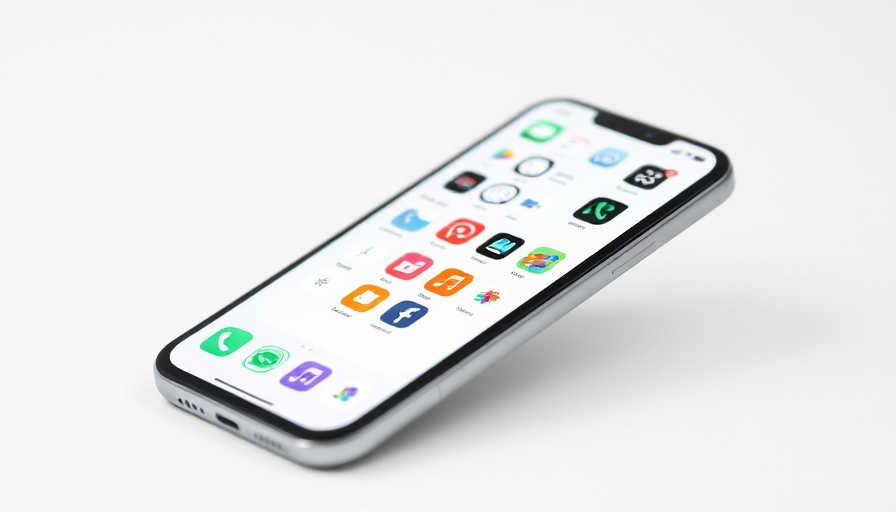
Apple's Bold Move: A Yearly Naming Convention for Its Operating Systems
In an audacious shift that could redefine consumer understanding of its technology, Apple revealed at WWDC 2025 its decision to name operating systems according to their release year. This means that popular OS platforms like iOS 26 and macOS 26 will be easily recognizable as the latest versions, moving away from the traditional version numbers like iOS 19 and macOS 19.
This change serves not just to simplify naming but also to enhance clarity across all platforms, aligning Apple more closely with industry competitors such as Samsung and Microsoft. Acknowledging the trend of clearly marking advancements by release date, this transition could position Apple more favorably in a crowded tech landscape. No longer will users have to decode whether a version number represents a significant upgrade or a minor iterative change.
WWDC 2025: More Than Just Nomenclature Changes
At this year’s Worldwide Developers Conference, Apple didn’t stop at just renaming its operating systems. The introduction of a complete design overhaul exemplifies Apple's commitment to innovation. Dubbed “Liquid Glass,” this striking design features a transparent interface, providing a visual refresh that fans have anticipated since the last significant update following iOS 7. With this aesthetic evolution, Apple is not only enhancing usability but also ensuring that their devices continue to remain visually contemporary.
These features highlight Apple's insistence on design as a core element of its user experience, which is crucial in an increasingly competitive marketplace where aesthetics matter. The combination of a new naming convention and a fresh design could very well draw in both existing loyal customers and potential new users.
Understanding Apple's Strategic Positioning
The decision to adopt a year-based naming format brings practical clarity to consumers, but it also reflects Apple’s intent to streamline how updates are perceived. By moving in lockstep with other tech giants who have employed similar naming strategies, Apple is positioning itself as part of a larger ecosystem that prioritizes transparency in software upgrades and developments.
This initiative isn’t simply about clarity; it’s about showcasing innovation. For instance, Apple’s embrace of new technologies like augmented reality across its operating systems symbolizes its forward-thinking ideology, which mirrors the broader trends we see in technology.
The Importance of Consistency in a Fragmented Marketplace
With many platforms now launching services and updates as frequently as apps themselves, having a clear method for recognizing operating system versions is essential for making informed choices. Customers often suffer from confusion regarding which devices are compatible with the latest applications or features. This naming change could alleviate some of that confusion, enhancing user experience substantially.
Future Implications for Technology Consumers
The influence of this new approach will resonate beyond just the practicalities of naming conventions; it might forge new consumer expectations across the technology landscape. As companies like Samsung and Microsoft adopt similar principles, users could find themselves expecting all tech products to follow suit.
Moreover, the trend suggests a shift in how companies package and market technology. With this kind of visibility, users might become increasingly attuned to the rhythm of updates and innovations, cultivating a more engaged user base eager for the latest advancements.
 Add Row
Add Row  Add
Add 



Write A Comment